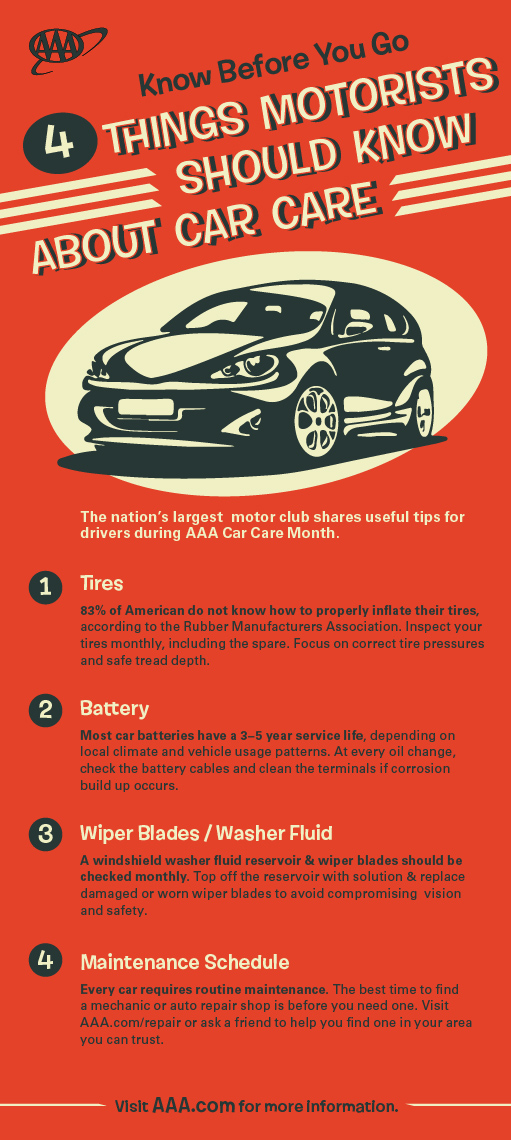Recognizing Your Automobile'S Caution Lights: What Do They Really Mean?
Recognizing Your Automobile'S Caution Lights: What Do They Really Mean?
Blog Article
Authored By-Lauritsen Corbett
When you lag the wheel, those beautiful caution lights on your control panel can be a little bit puzzling. Do you understand what they're trying to inform you about your auto's wellness? Recognizing the importance of these lights is vital for your safety and the longevity of your car. So, linked website of those lights pops up, wouldn't you want to analyze its message accurately and take the needed actions to address it?
Common Warning Lighting and Interpretations
Identify common warning lights in your car and understand their significances to make certain safe driving.
The most normal caution lights include the check engine light, which signals problems with the engine or discharges system. If this light begins, it's essential to have your automobile inspected immediately.
The oil stress alerting light indicates low oil stress, calling for prompt focus to prevent engine damage.
A flashing battery light could suggest a faulty billing system, possibly leaving you stranded otherwise addressed.
The tire stress surveillance system (TPMS) light informs you to low tire pressure, influencing automobile stability and fuel effectiveness. Disregarding this might bring about hazardous driving problems.
The abdominal muscle light suggests an issue with the anti-lock braking system, jeopardizing your ability to quit quickly in emergency situations.
Lastly, the coolant temperature warning light warns of engine overheating, which can result in severe damage if not dealt with swiftly.
Recognizing bestcarinteriorcleanernz will certainly aid you deal with issues immediately and preserve secure driving conditions.
Value of Prompt Interest
Comprehending the typical warning lights in your car is only the initial step; the relevance of promptly attending to these warnings can not be emphasized enough to ensure your safety and security when driving.
When a caution light brightens on your control panel, it's your auto's method of connecting a potential issue that needs interest. Neglecting these warnings can result in extra serious problems later on, endangering your safety and security and potentially costing you much more out of commission.
Motivate focus to cautioning lights can avoid malfunctions and crashes. For example, a flashing check engine light can suggest a misfire that, if left ignored, could trigger damage to the catalytic converter. Resolving this quickly can save you from an expensive repair work.
In a similar way, a brake system advising light might indicate reduced brake fluid or used brake pads, important elements for your safety when driving.
Do It Yourself Troubleshooting Tips
If you see a warning light on your dashboard, there are a few do it yourself troubleshooting suggestions you can try before looking for specialist help.
The first step is to consult your cars and truck's guidebook to understand what the particular warning light indicates. Sometimes the issue can be as straightforward as a loosened gas cap causing the check engine light. Tightening the gas cap might deal with the problem.
One more typical issue is a reduced battery, which can activate various advising lights. Inspecting the battery links for deterioration and guaranteeing they're protected may repair the trouble.
If a caution light persists, you can attempt resetting it by separating the car's battery for a few mins and then reconnecting it. Additionally, examining your automobile's fluid levels, such as oil, coolant, and brake liquid, can aid repair alerting lights associated with these systems.
Final thought
Finally, comprehending your auto's caution lights is necessary for keeping your automobile running smoothly and securely. By promptly addressing these signals and understanding what they mean, you can stay clear of costly repair work and prospective malfunctions.
Keep in mind to consult your auto's guidebook for specific information on each alerting light and act as necessary to guarantee a hassle-free driving experience.
Keep notified, stay safe on the road!
